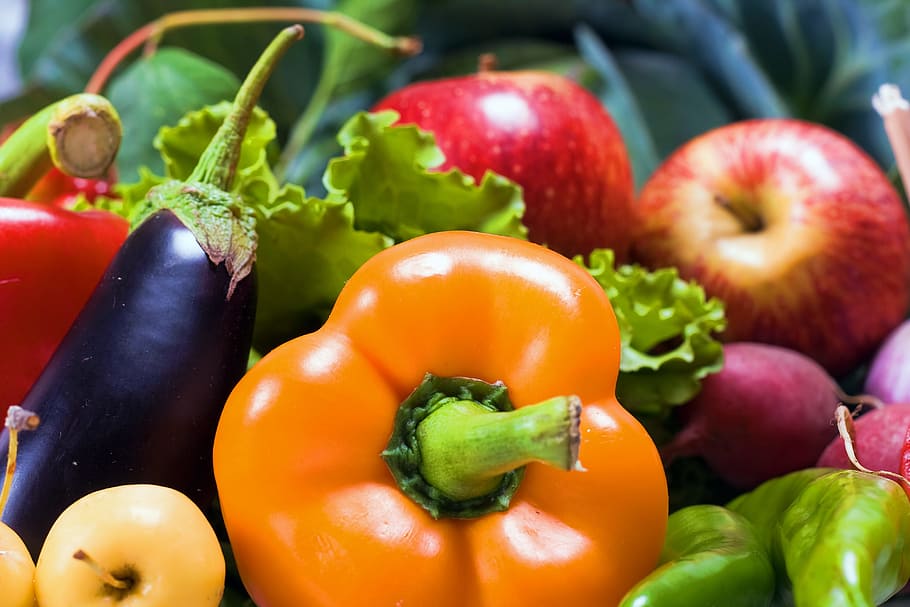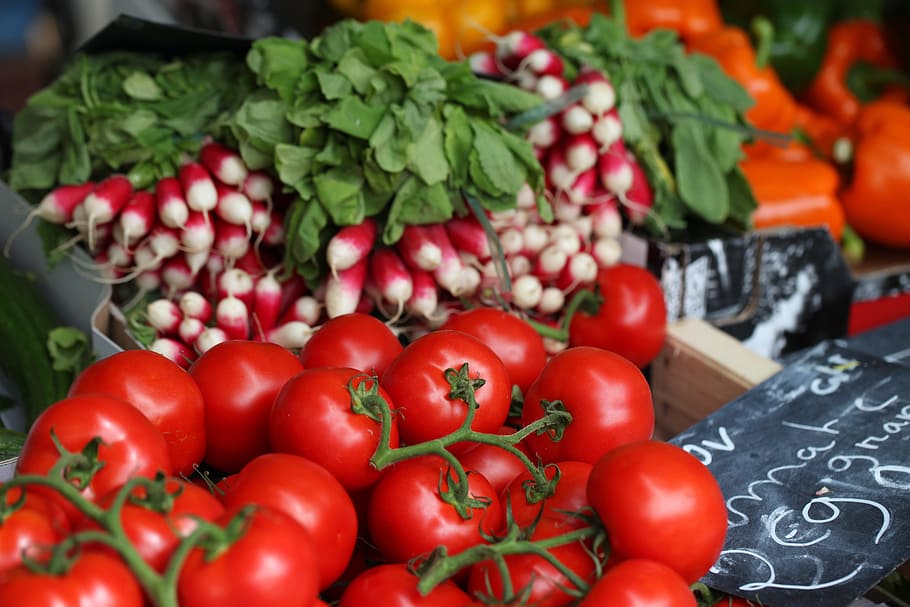If you’re looking for good advice on living a healthier lifestyle, you’ll be bombarded with thousands of blog posts, books, and products. Not to mention the many diets that are out there, each claiming to be the best one.
All this information can be overwhelming, frustrating, and sometimes even lead to an unhealthy lifestyle.
That’s why the team at TheHealthPlaybook.com went straight to the experts for some candid advice.
They recently surveyed over 1,000 Registered Dietician Nutritionists (RDNs) to learn how to live a healthier lifestyle.
It turns out. Health experts are not big fans of the most popular diet, especially those that cut out certain food groups (like Keto).
Instead, almost all of them recommended making sure you focus on this single piece of advice:
Eat more Vegetables

Sounds simple right?
Yet, only 1 in 10 adults eat enough vegetables per day. The recommended amount of vegetables per day is 2 – 3 cups.
“Make sure half of what you eat daily is a wide variety of colorful fresh fruits and vegetables.”
Jocelyn Harrison, RDN
As simple as it may sound, our health experts suggest starting with this simple rule, filling half of your plate for every meal with vegetables or fruit.
Health Benefits of Vegetables

Eating lots of vegetables as part of your diet comes with lots of great health benefits that can help reduce your risk of certain diseases and even help you feel more energized and overall happier.
“Leafy greens! Pack full of health-promoting vital nutrients like vitamins, minerals, antioxidants, phytochemicals fiber with minimal calories. Leafy greens contain healthy carbohydrates, minimal fat, and all amino acids that form a protein.”
Jocelyn Harrison, RDN
Vegetables make you feel fuller while adding very few calories

Most vegetables have very few calories but are packed with fiber, which helps you feel full. So when you fill half your plate with veggies, you’re likely to consume fewer calories on a given day.
For example, 1 cup of broccoli has about 31 calories. That same cup of rice has over 200 calories!
We’re not saying you shouldn’t eat rice, but by filling up on vegetables during your meals, you’ll likely stop overeating on other, high-calorie foods.
Lowering your caloric intake can result in weight loss and improve general well-being.
Vegetables are packed with nutrients that help reduce the risk of diseases

In addition to fiber, vegetables are a critical source of many necessary nutrients like potassium, folate (folic acid), and vitamins like vitamin A, and vitamin C.
Studies suggest that these nutrients (particularly green and leafy vegetables like spinach) can reduce risks for cardiovascular disease, high blood pressure, diabetes, and even cancer.
For example, that 1 cup of broccoli we mentioned earlier is packed with 135% of your recommended daily Vitamin C intake.
Vitamin C is a powerful, well-known antioxidant that helps strengthen your body’s immune system and helps defend against diseases.
Spinach is another green, leafy super-vegetable loaded with 181% of the recommended daily intake of Vitamin K.
Vitamin K is a fat-soluble vitamin that makes proteins that prevent blood clotting help bone health. It helps bone and wound healing.
Which vegetables are tied to which health benefits?
Vegetables come in all kinds of shapes, colors, and sizes.
So to help you figure out which vegetables should make their way onto your plate, we’ve compiled a list of our favorite vegetables and their health benefits.
Green, leafy vegetables (Spinach, Kale, Collard Greens)

One of the most appealing benefits of green, leafy vegetables like Spinach and Kale is their lack of calories and carbohydrates. Therefore, they also have a low glycemic index, which is great if you’re watching your blood sugar levels. These features make these powerful green veggies a great plate-filler to facilitate achieving and maintaining healthy body weight.
Besides, green, leafy vegetables are very high in vitamins A, C, and K, which help boost your immune system, promote bone health and recovery.
These vegetables also contain an abundance of antioxidants that help protect your cells. They also contain high levels of fiber, iron, magnesium, potassium, and calcium.
All in all, there isn’t a way to overeat on these vegetables, so fill up that plate!
Peas

Peas are packed with protein and healthy carbs.
For example, a 1 cup of cooked peas provides you with a whopping 8 grams of protein and 22 grams of carbs.
The large amounts of carbs and protein are a great way to promote muscle and bone strength. They also help you feel full and maintain a healthy weight.
Be careful, though, due to their high amount of carbs and protein. Peas also come with the right amount of calories. Make sure you control your portion sizes of this power-packed vegetable.
Sweet Potatoes

Sweet potatoes, a root vegetable, are an excellent substitute for white potatoes and rice due to their low glycemic index, which helps control your blood sugar. They are also a great way to add lots of good carbs to your diet.
Boiling your sweet potatoes results in the lowest glycemic index compared to baking them, so if you’re watching your blood sugar, make sure you boil rather than baking your sweet potatoes.
Sweet potatoes are a great way to your carbs, including tons of fiber, vitamins, and minerals.
The fiber and antioxidants in sweet potatoes are high for your gut health, while loads of Vitamin A will supercharge your immune system.
Beets

Beets are one of those superfoods you’ll want to incorporate into your diet. You’ll want to make sure you control your portions, though, as they are also high in sugar compared to other vegetables.
Beets are great for those living an active lifestyle as they contain a high concentration of nitrates. These nitrates help lower your blood pressure and have even shown to increase performance in athletes due to causing an increase in oxygen use.


